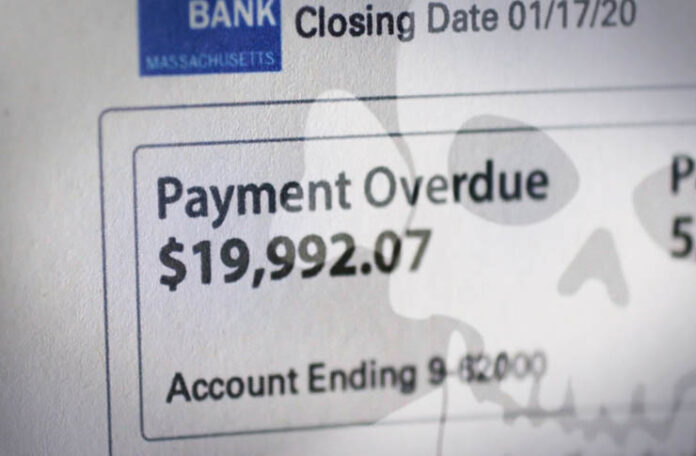
Criminals looking to steal identities used to have to dig through dumpsters or steal mail searching for bank statements or unused credit card applications. Today, thieves are able to uncover bits of data that can be used for fraudulent purposes by accessing computers, networks and other devices. Almost 60 million Americans report having been impacted by identity theft, according to a 2018 online survey by The Harris Poll.
The Internet provides the pathway. All the criminals need is an opening. Too often consumers create that opening. They may use a weak password or forget to update or install security software. Or, they may fall prey to a hacker’s bait.
By visiting websites that promise content for free or at an unreasonably low price or by installing illegitimate streaming apps, consumers can unknowingly allow hackers access into home or business networks. That’s because these sites and services often make their money selling access to the consumers’ computers, networks and personal information. These same sites and services may infect your devices and home network with malicious software known as malware.
The Federal Trade Commission warns that malware can allow hackers to take over your computer, stealing credit card information, passwords or log in credentials for sites you shop or even for your bank.
Malware delivered through pirated content is particularly troublesome because by choosing to download or stream a file users are essentially escorting hackers past firewalls.
By sourcing entertainment and movies from legitimate sources, users reduce their chances of being one of the millions of people targeted by identity theft each year.





